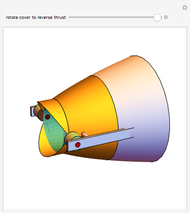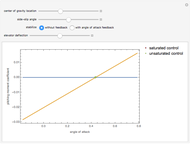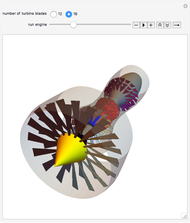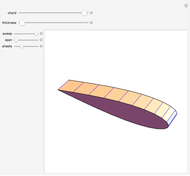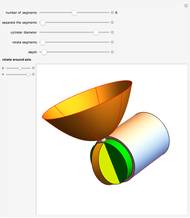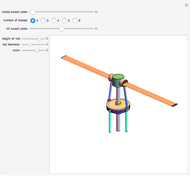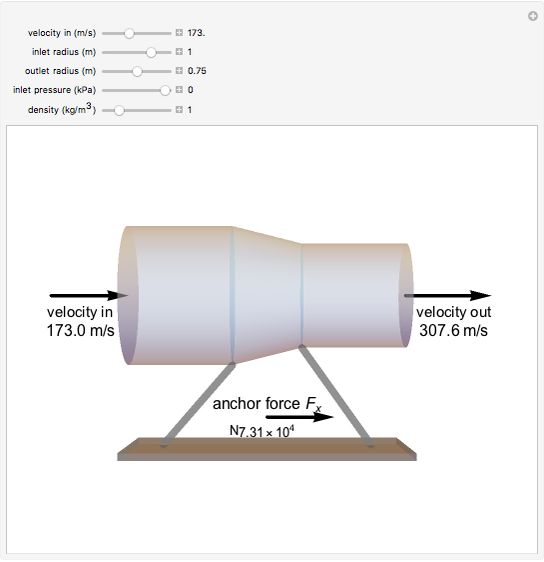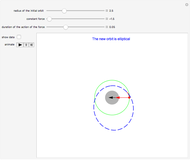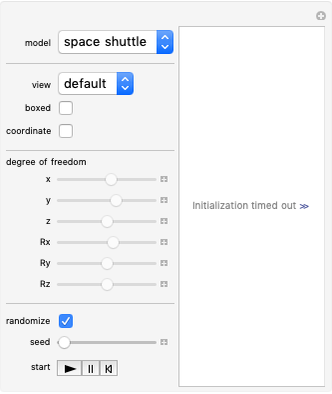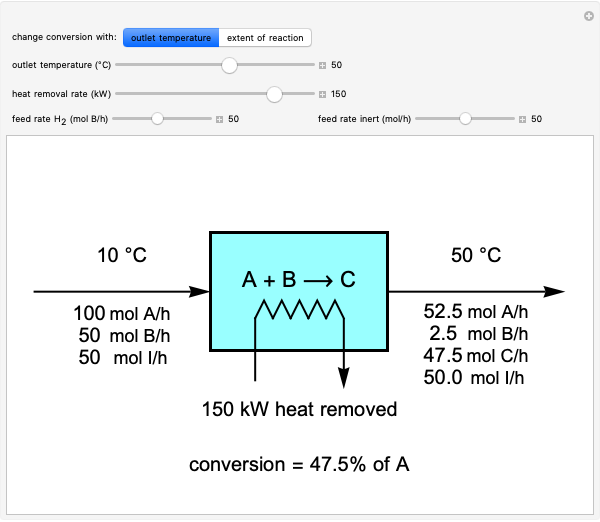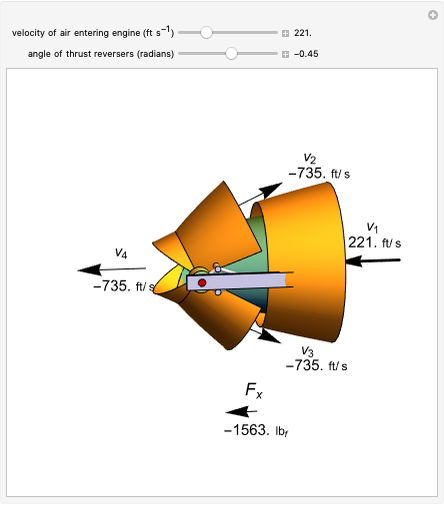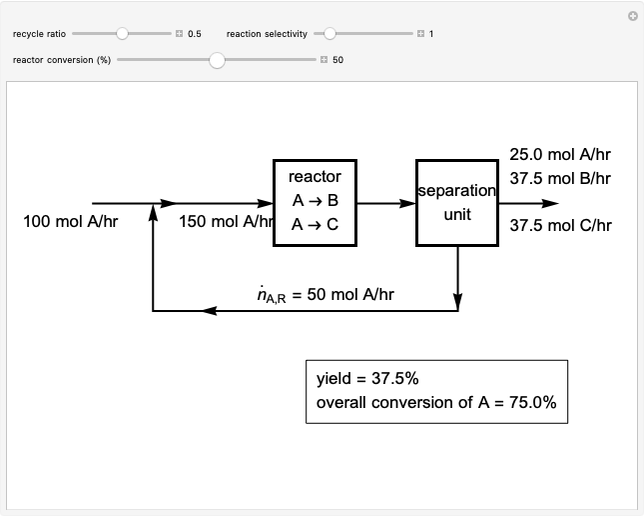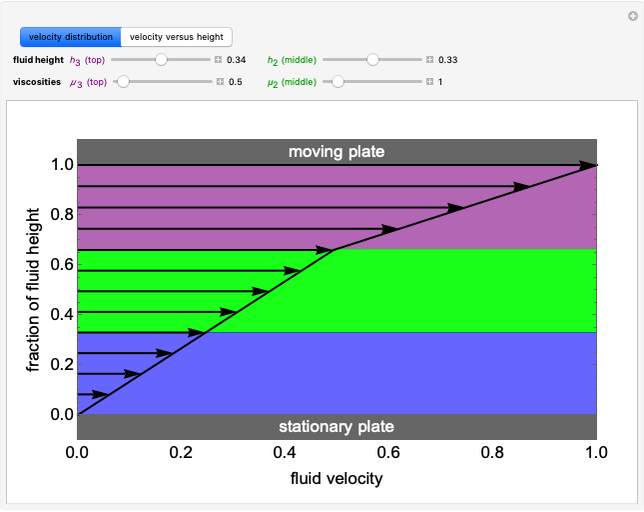Force on a Thrust Reverser

Requires a Wolfram Notebook System
Interact on desktop, mobile and cloud with the free Wolfram Player or other Wolfram Language products.
The redistribution of momentum in a turbine is subject to a thrust reverser mechanism in which the magnitude of reverse thrust depends primarily on the angle of the thrust reverser. This Demonstration analyzes the linear force and momentum balance around a control volume and its dependence on the angle of the exiting control surfaces. In order to emphasize the thrust reversers' dependence on the exiting angle, the difference in values for the thrust reverser mechanism being fully open or fully closed is arbitrary and not shown. Atmospheric pressure is assumed for both the inlet and outlet.
Contributed by: Michael Wrobel (December 2013)
Additional contributions made by: Garret D. Nicodemus (University of Colorado at Boulder, Department of Chemical & Biological Engineering)
Based on a program by: Sándor Kabai
Open content licensed under CC BY-NC-SA
Snapshots
Details
The force on the engine is found by integrating over the control surface:
 .
.
This gives
 ,
,
which simplifies to:
 .
.
Conservation of mass is used to find  ,
,  ,
,  ,
,  :
:
 ,
,
 ,
,
 .
.
By combining the given equations, the force in the engine can be calculated using any one of the following equations:
 ,
,
 ,
,
 .
.
 is the force on the engine
is the force on the engine
 is the density of air
is the density of air
 is the velocity of air entering engine
is the velocity of air entering engine
 is the area of the entrance of engine
is the area of the entrance of engine
 are the velocities of air exiting engine
are the velocities of air exiting engine
 are the areas at the exits, where the air exits the engine
are the areas at the exits, where the air exits the engine
 is the velocity of air exiting the engine through the front of the engine
is the velocity of air exiting the engine through the front of the engine
 is the area of the exit at the front
is the area of the exit at the front
 is the direction from the horizontal that air exits the engine
is the direction from the horizontal that air exits the engine
 is the mass flow rate of air entering the engine
is the mass flow rate of air entering the engine
 are the mass flow rates of air exiting the engine
are the mass flow rates of air exiting the engine
 is the mass flow rate of air exiting the front of the engine
is the mass flow rate of air exiting the front of the engine
Reference
[1] B. R. Munson, D. F. Young, T. H. Okiishi, and W. W. Huebsch, Fundamentals of Fluid Mechanics, 6th ed., Hoboken, NJ: John Wiley & Sons, 2009.
Permanent Citation






